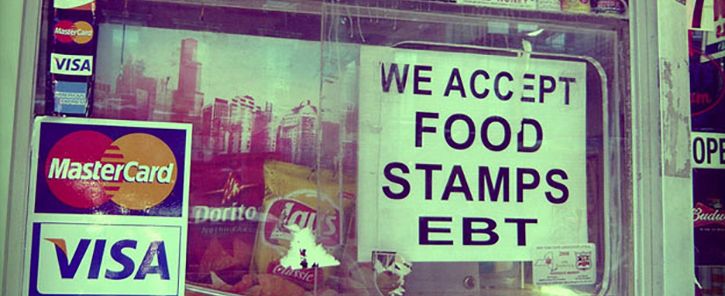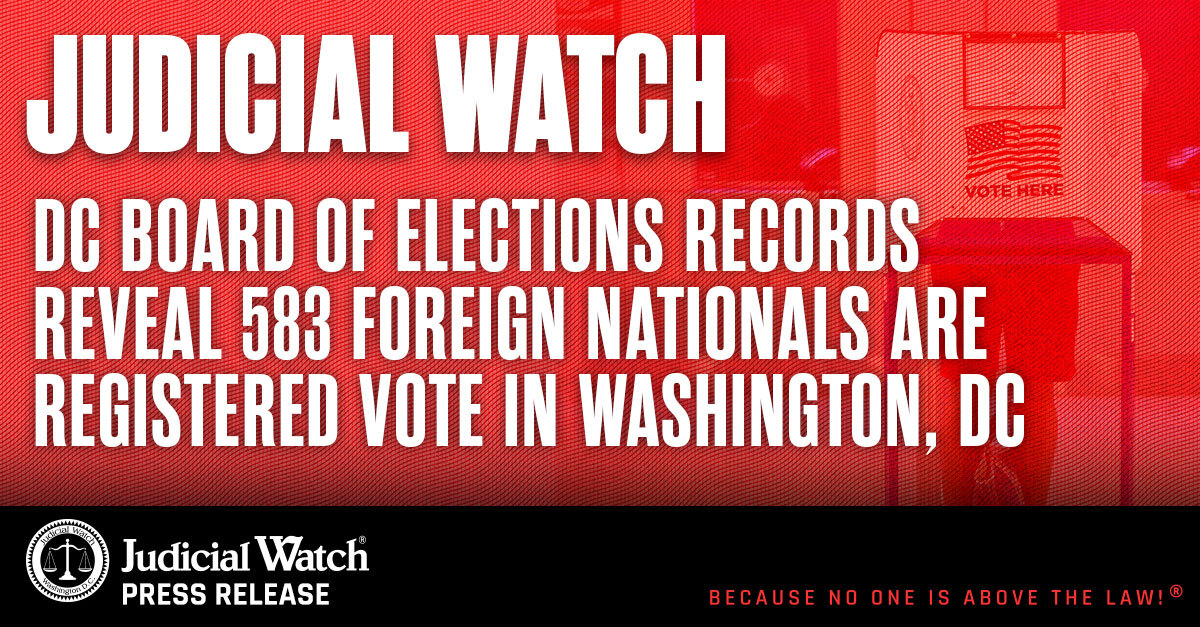

Food Stamp Craze: U.S. Spends $3.6 Billion to Give $70 Billion in Benefits


Not only does the government spend a breathtaking $70 billion a year to give a record number of people food stamps, it wastes billions more to administer the bloated welfare program. Some states spend a lot more than others to distribute the free food vouchers and the discrepancies are downright outrageous. The government dedicates $3.6 billion annually just to administer food stamps (renamed Supplemental Nutrition Assistance Program—SNAP to eliminate stigma), according to a federal audit that includes mind-boggling figures.
For instance, California, the state with by far the largest food-stamp roll, spends a lot more than the national average to execute the federal nutrition program. The Golden State doles out an average of $34.06 a month for each of its 2 million food stamp cases while other states, like Ohio, spend only $9.55. Some California counties are off the charts with administration costs. For instance, San Francisco County spends a whopping $73 a month administering each food stamp case. To put this in perspective, New York City spends $23 per case. The huge gap suggests “possible waste and operational inefficiencies,” according to the audit conducted by the inspector general of the U.S. Department of Agriculture (USDA), the agency that dispenses food stamps. That seems to be putting it mildly.
SNAP is a federal program but states are responsible for distributing the benefit and they get big bucks from Uncle Sam to get the job done. Though federal regulations establish uniform requirements for managing administrative funds, once local governments get the money there’s no follow up from the feds, leaving the system open to fraud and corruption. The USDA watchdog reveals the problem has persisted for years and that despite the “large variances” in SNAP administrative costs the agency doesn’t bother monitoring or coordinating with states to “assist in containing costs, minimizing variances, and sharing best practices.” The audit attributes the problem to a lack of effective oversight. In other words, yet another swollen and derelict government agency failing miserably to carry out its basic duties.
A record 46.5 million people get food stamps from the government, but the probe only includes the ten states with the highest rolls so the waste is probably much larger. The figures are broken down in the report by state and county and they’re enough to outrage any sensible, taxpaying citizen. California leads in both charts, spending $825,316,195 a year to give 2,019,272 residents food stamps. San Francisco County spends a startling $27,947,139 a year to give just 32,074 residents food stamps and Los Angeles County $187,426,575 annually to distribute the benefit to 573,282. Other big spenders are New Jersey ($138,400,032 for 439,695 food-stamp cases) and North Dakota ($7,521,986 for 25,011). Hamilton County in Ohio did the most efficient job, spending only $5.70 to administer each of its 61,772 cases every month.
The nation’s food-stamp program has long been plagued with fraud and corruption that’s been well documented in a multitude of government audits in the last few years. Nevertheless, it hasn’t stopped the president from expanding the program to record levels in the name of eradicating what he calls an epidemic of “food insecurity.” Judicial Watch has reported extensively on this, dating back to 2012 when a federal investigation uncovered evidence that food-stamp recipients were using their welfare benefit to buy drugs, weapons and other contraband from unscrupulous vendors. A year later Judicial Watch broke a story about the U.S. government knowingly giving illegal immigrants food stamps for decades. That was followed by another disturbing scheme in which SNAP benefits were being sold online using social media such as Facebook, Twitter and ecommerce websites like Craigslist and eBay.
Earlier this year federal authorities in south Florida busted the largest food-stamp fraud operation in U.S. history. Twenty-two defendants in the largely black and Hispanic areas of Miami-Dade County known as Opa-Locka and Hialeah swindled the government out of $13 million by fraudulently trading food stamps for cash. The crooked vendors operated food and produce stands at a local flea market as part of First Lady Michelle Obama’s initiative to eradicate “food deserts,” common in poor, minority communities where fresh, healthy food is tough to find or often unavailable. The feds say the business owners and their employees let food-stamp recipients use their welfare benefit to get cash in exchange for a cut of the money. They swiped the recipient’s SNAP card for an inflated amount, doled out cash and kept a percentage. In most instances the recipient didn’t actually get food, according to federal authorities.














